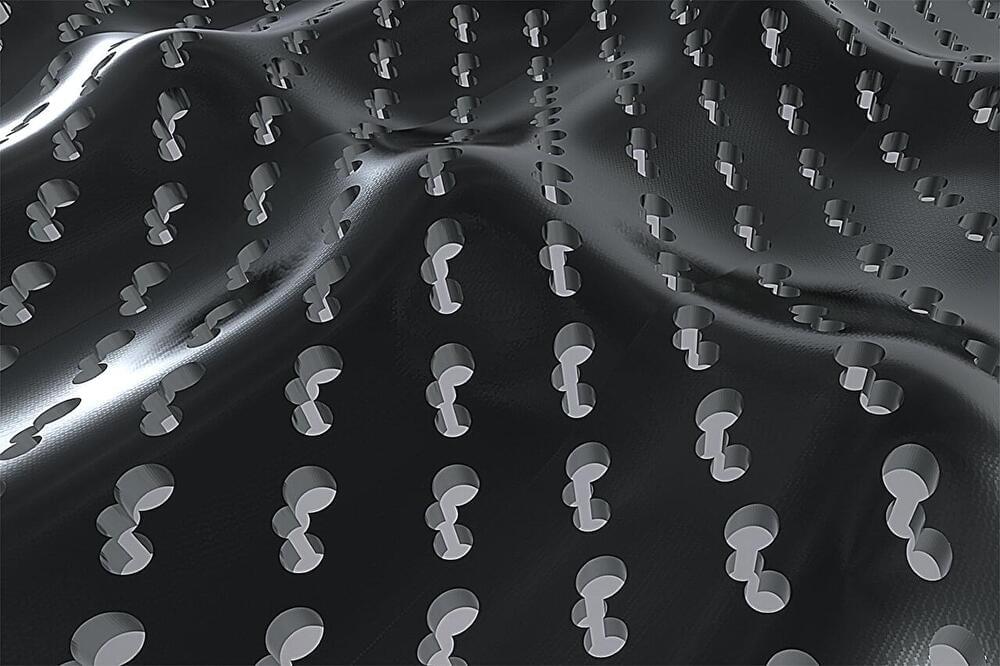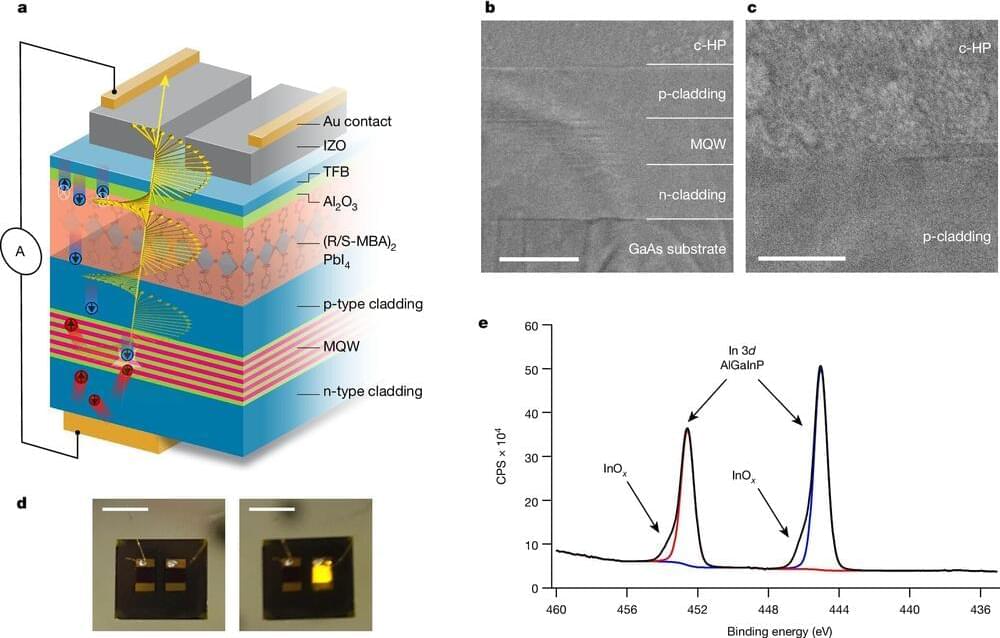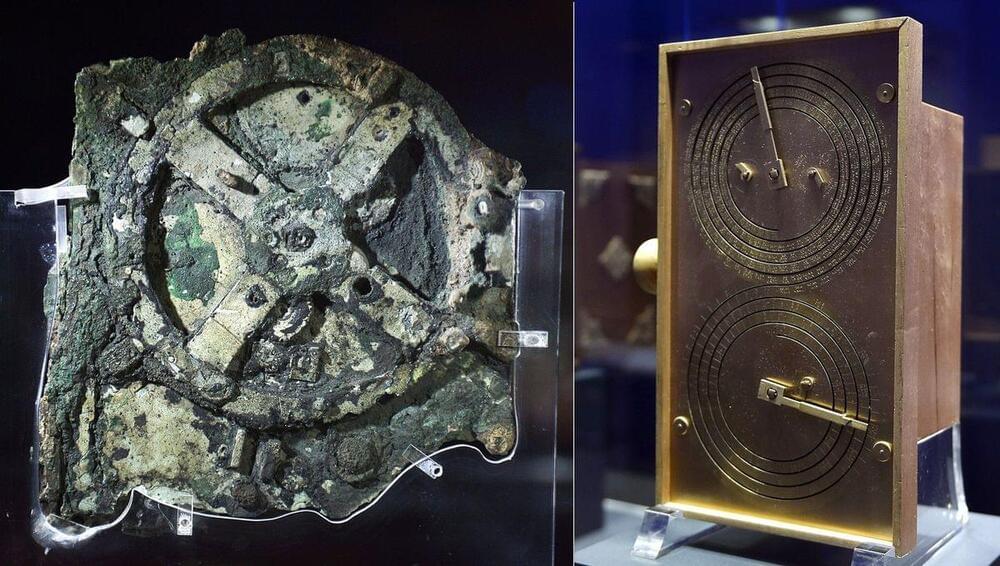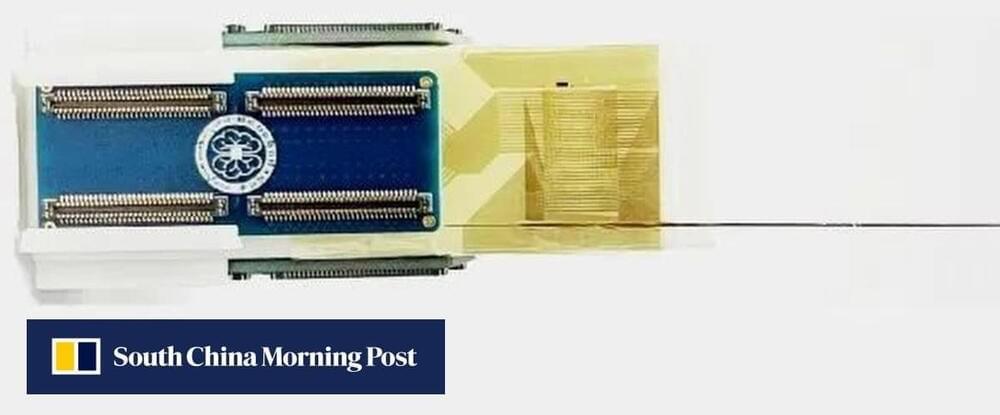The advent of quantum computers promises to revolutionize computing by solving complex problems exponentially more rapidly than classical computers. However, today’s quantum computers face challenges such as maintaining stability and transporting quantum information.
Phonons, which are quantized vibrations in periodic lattices, offer new ways to improve these systems by enhancing qubit interactions and providing more reliable information conversion. Phonons also facilitate better communication within quantum computers, allowing the interconnection of them in a network.
Nanophononic materials, which are artificial nanostructures with specific phononic properties, will be essential for next-generation quantum networking and communication devices. However, designing phononic crystals with desired vibration characteristics at the nano-and micro-scales remains challenging.








